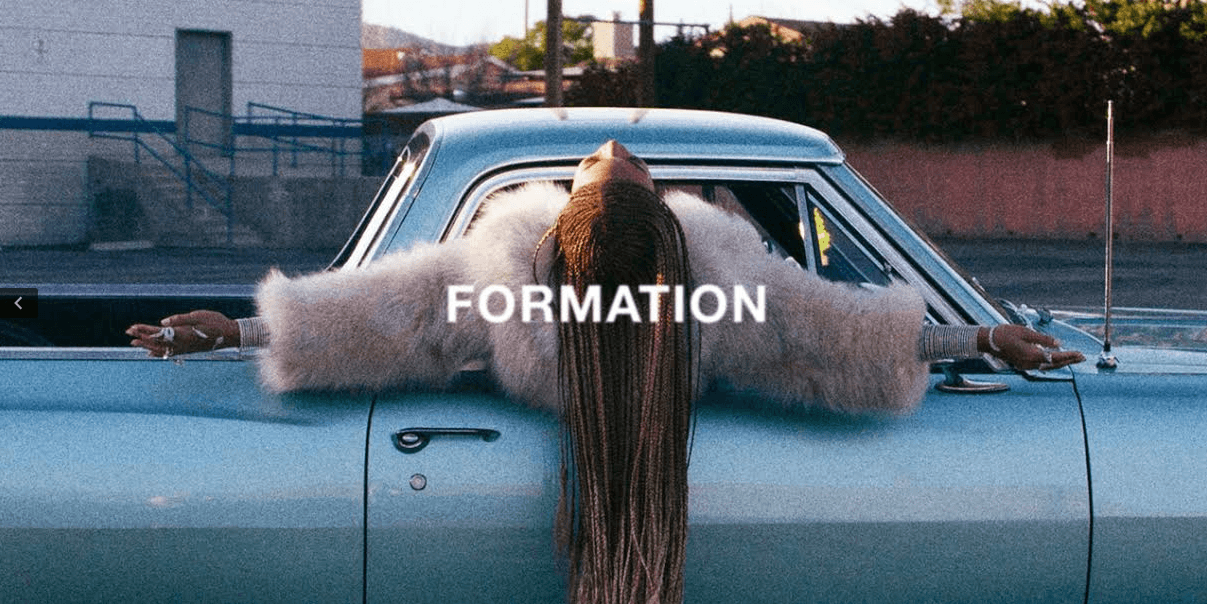Beyoncé joins list of pop stars to take political stand
3 min read
The Wrap | Creative Commons
By ESTER SALGUERO
In the beginning there was New Orleans, after Hurricane Katrina hit it was unrecognizable and that is how it has been for a while. Beyoncé’s new song “Formation” has stirred up controversy with its social commentary on the lack of governmental aid and government neglect, police violence and support for the Black Lives Matter movement.
The song also subtly recognizes queer black culture with the term, “slay” that was coined in the black gay community, according to New York Media. Beyoncé’s first new solo song since 2014 was released on Dec. 6. At the Super Bowl, Beyoncé performed “Formation” with her dance crew dressed in outfits that resembled the Black Panthers look, National Public Radio said.
It just so happens that this year also marks the 50-year celebration of the Black Panther formation, according to New York Daily News. The dance crew members posted back stage pictures of themselves making the panther salute which sparked some controversy.
“I find it very wrong that she would make such a scene or statement when she knows millions of people are watching in a time where America comes together,” Stephanie White, a junior sociology major, said.
It is not the first time however, that this salute has sparked some controversy. Much of Beyoncé’s performance included tributes to black history month like her Super Bowl costumethat paid homage to Michael Jackson’s Super Bowl halftime show in 1993. The theme in Beyoncé’s performance at the Super Bowl matched the activism found in her music video and in her lyrics.
Some of the word play that Beyoncé uses in addressing racialization is found in the line “My daddy Alabama, Momma Louisiana, You mix that negro with that Creole make a Texas bama.” Bama refers to the working class of Louisiana commenting on the classism and racism that herfather lived through and her connection to these roots, New York Media said.
“I truly hope it gets people to think about the institutional racism that’s being called out,” said senior historic preservation major Miriam McCue.
Part of the music video was filmed in New Orleans, according to the New York Media’s Vulture section. It was there that the unforgettable visual of Beyoncé splayed across the iconic police car submerged in water after brought up traumatic memories for Maris Jones, a writer for the Black Girl Dangerous organization.
Jones found herself reliving the event after the first six seconds of the music video. There is a strong history of New Orleans that can be found in Beyoncé’s video which has triggered controversies.
A portion of the audio was appropriated from a YouTube star known as Messy Mya who was shot and killed in the seventh ward of New Orleans in 2010, New York Media said. Beyoncé subtly incorporates history behind New Orleans that has become examples for supporters of the black lives matter movement as a form of resistance against police brutality, according to New York Media. Students on campus have also recognized this message.
“After watching Beyoncé’s video, the message I got was one of not only black pride but also one of government neglect on issues that the media does not follow,” said junior English major, Maggie McMaken.
With the planning and skill that was put into this video by Beyoncé and her team who appropriated clips from works like the “The B.E.A.T.” directed by Abteen Bagheri along with audio from the documentary by Sundance “Trouble the Water” she has become an activist.
“I would say she is an activist because she is bringing awareness and fighting for equal pride,” McMaken said.
From the looks of Beyoncé’s past achievements in creating conversation, another hit video should be expected to surface next year.


